Introduction to the Land of Andes
In the second year of BP’s three-year partnership with RedR, BP engineers and others around the world teamed up again in a fundraiser to help fund vital aid worker training in countries hit by major floods, earthquakes, droughts and conflict.For those of you who don’t know much about this organization, RedR is an international disaster relief charity which trains life-savers in essential areas such as shelter, water and sanitation, and security. In addition to life-saving training, RedR provide experienced, professional aid workers from its pool of over 1,700 members to support humanitarian programs worldwide, both emergency response and long-term. This year the team took part in a trek through the magnificent Lares Trail and finally ended the journey at visiting Machu Picchu, one of the most iconic sights in South America.
The Lares Trek is an excellent alternative to the Inca Trail. Located within the magnificent snow-capped Andes, this beautiful valley has all the natural beauty of the famous Inca Trail but without the busy tourist crowds. This trail offers stunning landscapes and most importantly allows the trekkers to interact with the remote local villagers. The area is still quite virgin and has not been commercialized because of which the route maintains its authenticity.
In this blog, I will try to visually take you through the entire Lares trek and then to Machu Picchu.
Trek Preparation
General Camping Equipment
Since I haven’t done any trekking of this magnitude, needless to say I had to buy few camping equipment for the trip. Following are the list of items I bought for this trip from REI:
- Backpack- Fstop Kenti This is the only backpack that can accommodate 2 DSLR cameras with side access. Highly recommended.
- A pair of well worn (but not worn out) walking boots –
- CamelBak Antidote Reservoir – 70 fl. oz.
- REI waterproof sport laces
- REI Merino Socks
- Therm-a-rest trail scout sleeping pad
- Sierra Convertible Trail Pants
- Adaptor socket for Peru and Chile
- Warm fleece
- Hand sanitizer
- Sierra insulated pants- waterproof
- Marmot boot pack waterproof windproof jacket
- Thermals / something warm to sleep in
- Mountainsmith Trekker FX7075 Monopod Walking Staff
- 960 Lumen Fenix Flashlight
- Adidas Tracksuit
- Sun Hat
- Insect Repellant
- Water purification tablet
- Wet pipes
- Neutrogena Sun block (factor 25+)
- Ear plugs
- Lipsalve / Chapstick (with sunblock protection)
- Polarized sunglasses
- Whistle
- Small towel
- Ice Breaker Legion Wool gloves
- Marmot Trestles sleeping bag
- Energy bars
- Chewing gum
- Medicines (as appropriate)
- Woolen hat
- Hand sanitizer
Camera Equipment
This trip gave me a wonderful opportunity to capture the amazing scenery and a glimpse of life of the villagers in Peru. Like others, I also suffered from the dilemma of whether to travel light thus carrying few lens, or carrying more lenses and run the risk of fatigue during the trek. After much consideration I decided to carry the following gear:
Camera Bodies:
- Canon 5D Mark III
- Canon 6D
Lenses:
- Canon 24-105 f/4 L
- Canon 16-35 f/2.8 L
Accessories:
- Manfrotto Monopod
- Mountainsmith Trekker monopod/hiking staff
- Sirui Tripod
- Mini tripod
- B&W filters
- Canon shutter release
- 580 EX flash
- Batteries- take plenty of batteries. I took 6 sets of batteries as I will have limited opportunities to charge the batteries. Also make sure that you keep the batteries warm and insulated as in cold conditions batteries loses power quickly.
Day 1
We arrived in the morning arrived in Cusco. After we checked in our hotel Garcilaso we explored this beautiful city. Upon arriving from Lima, one can feel the the thin air and we quietly strolled along the cobbled streets, chilled out at the cafes in Plaza de Armas and bought some house decoration stuffs made by the local Peruvians. Cusco is capital of Cusco region and its elevation is about 3,400 m (11,200 ft). It is the capital of the Cusco Region as well as the Cusco Province. In 2013, the city had a population of 435,114.
Cusco is a very popular destination and is full of tourists. The city boasts amazing churches, colourful local markets and off course is home to some of the magnificent Inca ruins like Sacsayhuaman and Tambomachay.

View of Plaza de Armas

Tourist with the local artists. Note the magnificent ancient walls
The streets of Cusco are very interesting.There are numerous beautiful narrow, steep cobblestone avenues where people performs an impossible task of amazingly driving cars and vans which seemed virtually impossible. Another interesting feature of the Cusco streets are the walls. The Inca walls in Cusco are built with giant granite blocks which looks like a massive jigsaw puzzle. Bear in mind that the Incas build these giant walls without mortar or cement !

Door of one of the churches in Cusco
At the heart of Plaza de Armas is the statue of the Pachacuti. He was the ninth ruler of the kingdom of Cusco and was one of the most prominant Inca Emperor.

Statue of Emperor Pachacuti at Plaza de Armas
The heart of Plaza de Armas is towered by the Cathedral Basilica of the Assumtion of the Virgin or better known as Cusco Cathedral and is the most important church in Cusco. This impressive building was completed in 1654.
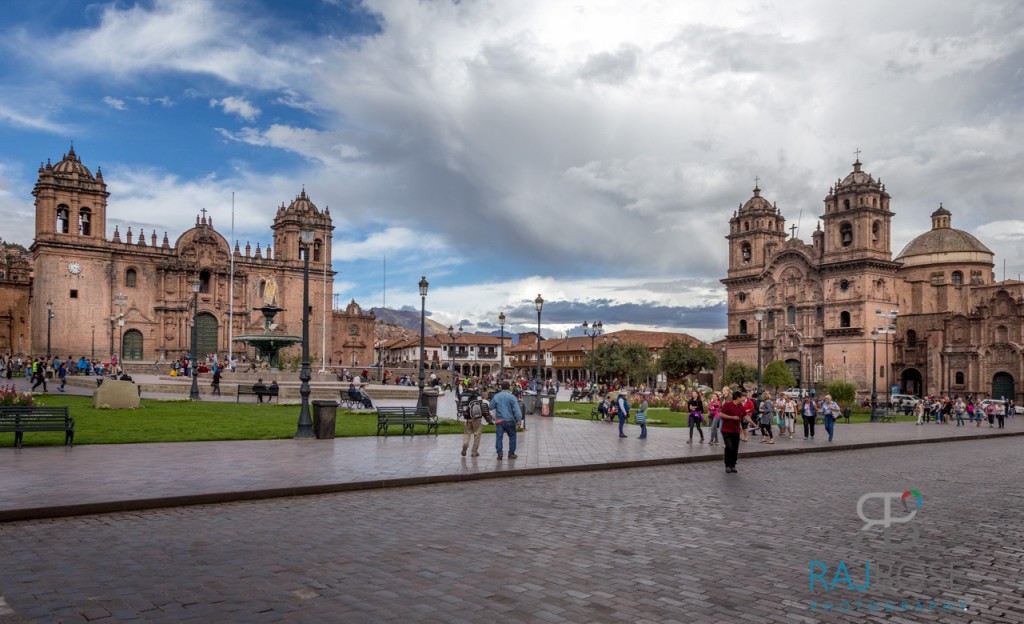
Cusco Cathedral on the left and La Compania on the right
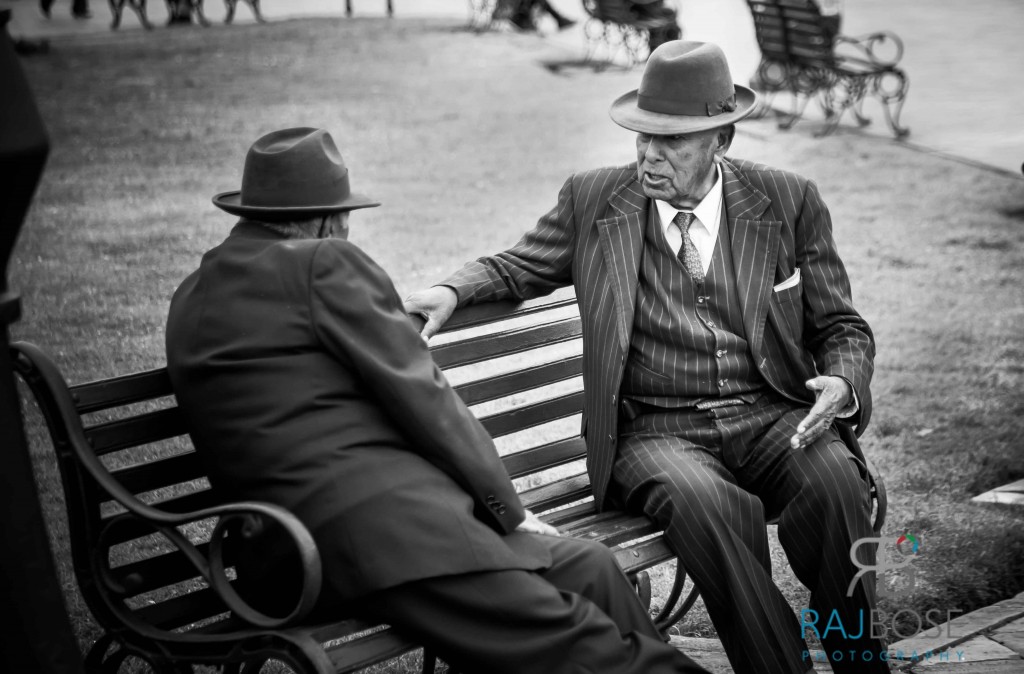



Typical life in Cusco
Day 2
We started our day by visiting the magnificent Inca ruins Sacsayhuaman. Situated on the outskirts of Cusco, this fortified complex provides a fantastic view of the Cusco valley.

Ruins of Sacsayhuaman
We then drove to the ruins of Tambo Machay the ancient ruins high above Cusco and then started our walk to Cusco. During the walk we passed some of the amazing Inca sites like the moon temple of Pukapukara.

Temple of Pukapukara
This walk was necessary to acclimatize to the altitude. On the way back to Cusco we had lunch at La Casona del Inka- home of the traditional Peruvian cuisine.The food there was amazing. Try out their Pisco Sour. It is amazing.

Lunch at La Casona del Inka Restaurant, Cusco
Day 3.
We started our day with a bus journey to the mountain town of Lares (at 3650m). We left from our hotel at 7:30 am and arrived at Lares Hot Springs around 11:00 am. On our way to Lares Hot Springs we drove through the Sacred Valley and the beautiful Inca towns like Pisac and Calca.

Pisac ruins and the famous Pisac market
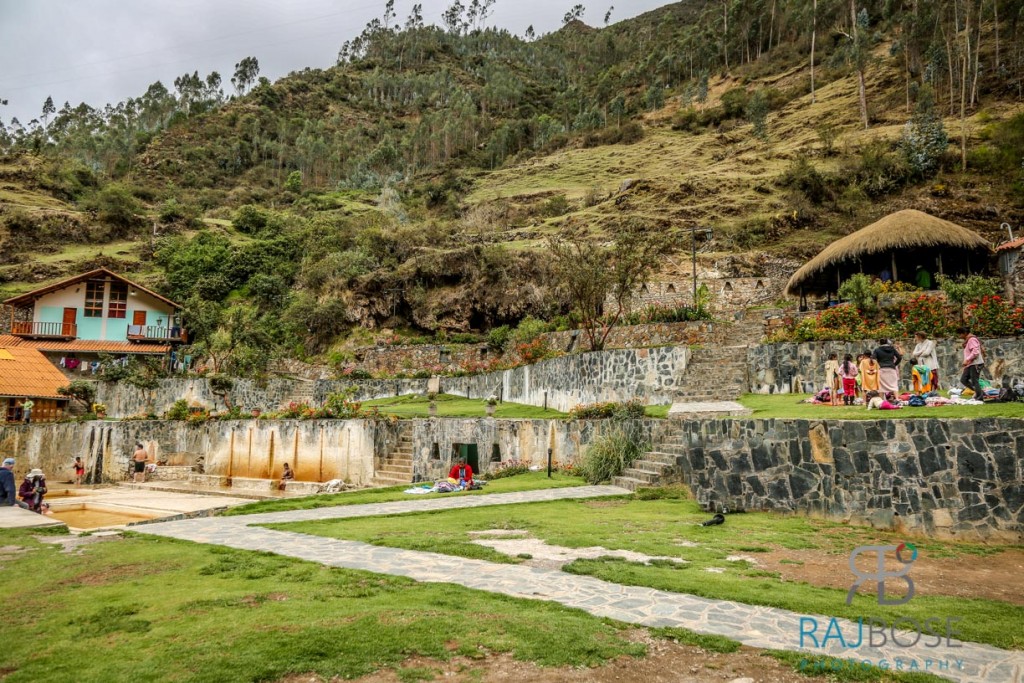
Lares Hot Springs
Here we have lunch and some of our team members took a dip at the hot springs which is heavy in minerals.After lunch, in the afternoon we started our 5 hour hike to the town of Kunkani. This hike was a lovely introduction into the life of the local Peruvians who live in these remote areas.

Having lunch at our temporary tents

Getting ready for the hike
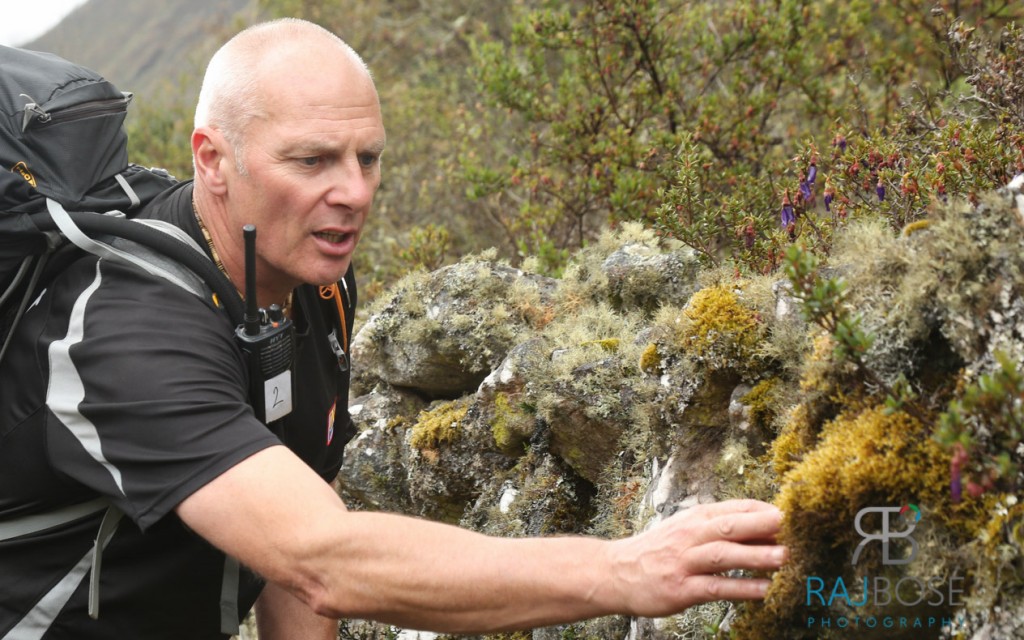
Our Fearless Leader- Kevin
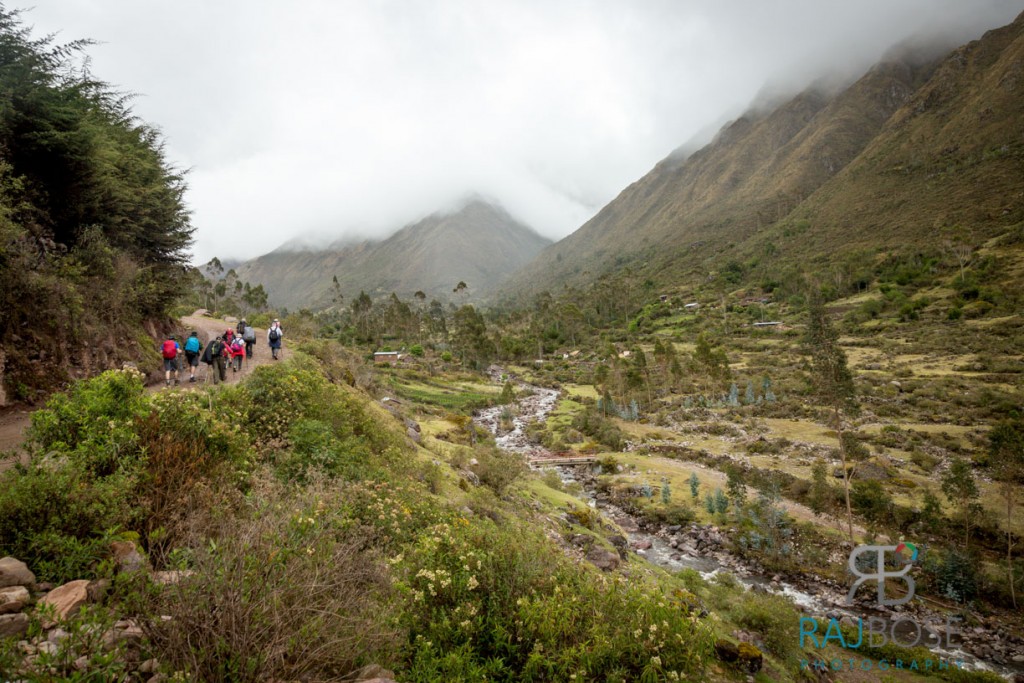
On our way to Kunkani village
On our way to Kumkani village we met traditionally dressed Andean locals and got to witness their simple way of living in adobe houses.

Local adobe house

A local lady preparing yarn
We arrived Kunkani (3700m) around 6:00 pm and camped out at the local school ground. It was quite a bit cooler than Cusco and after a sumptuous dinner we all went to bed early and got the much needed rest after a long and tiring day.

An awestruck boy looking at the trekkers


Our Campsite in Kunkani

Our crew members
Day 4
We woke up at 5:30 am and after finishing the morning ablutions we had a hearty breakfast. We were then greeted by the locals who were selling some beautiful hand made scarves, sweaters, ponchos, woolen hats and mittens.
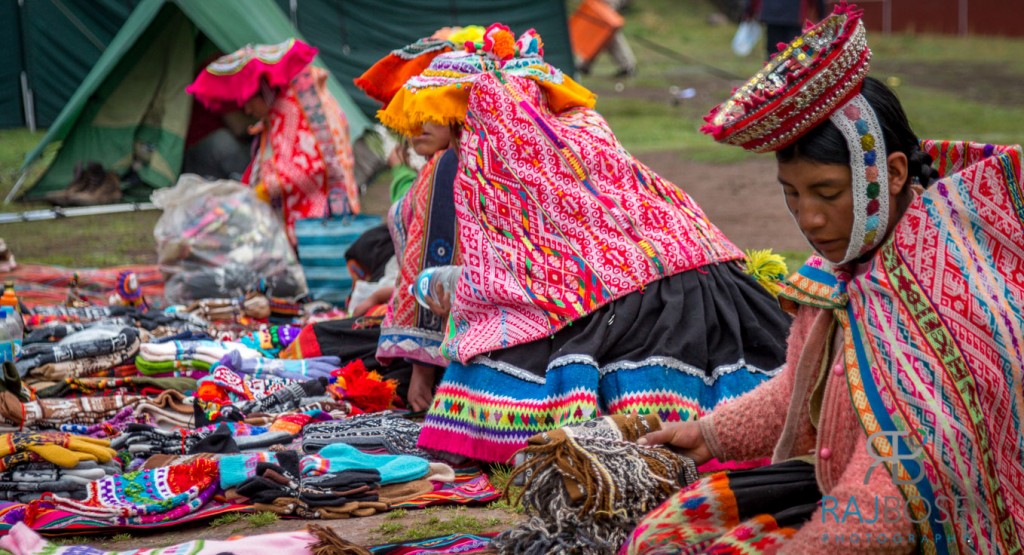

Locals selling handmade garments to us

Our entire hiking team with the locals at Kunkani campsite
Our first hurdle of the day was to reach the summit Paclacocha sitiated at Cruzcasa pass- an elevation of 4200 meters. This was indeed the most memorable journey of the trek. On our way to the pass, we met numerous local villagers and were completely humbled by their simplicity in life. We handed out cookies and candies to the local kids and the smile we got in return was priceless. In fact interacting with these local kids was really the highlight of my trip.


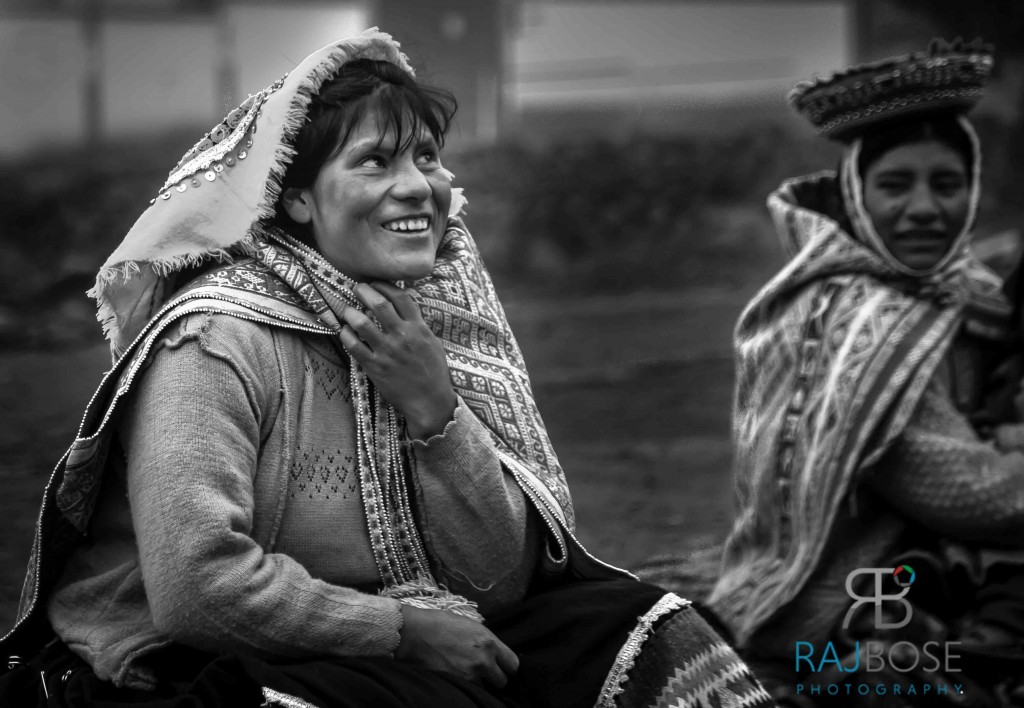
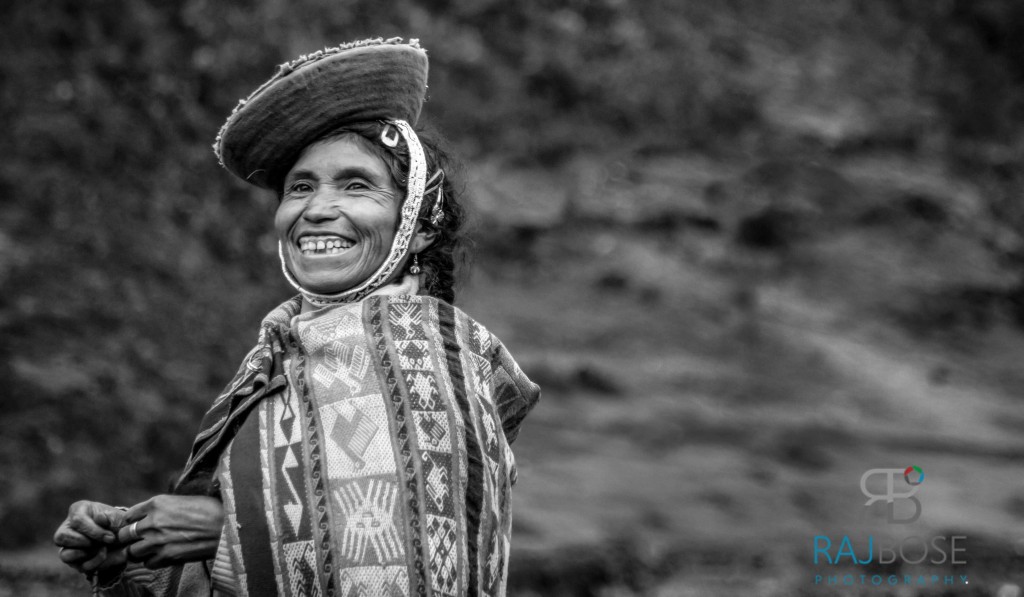



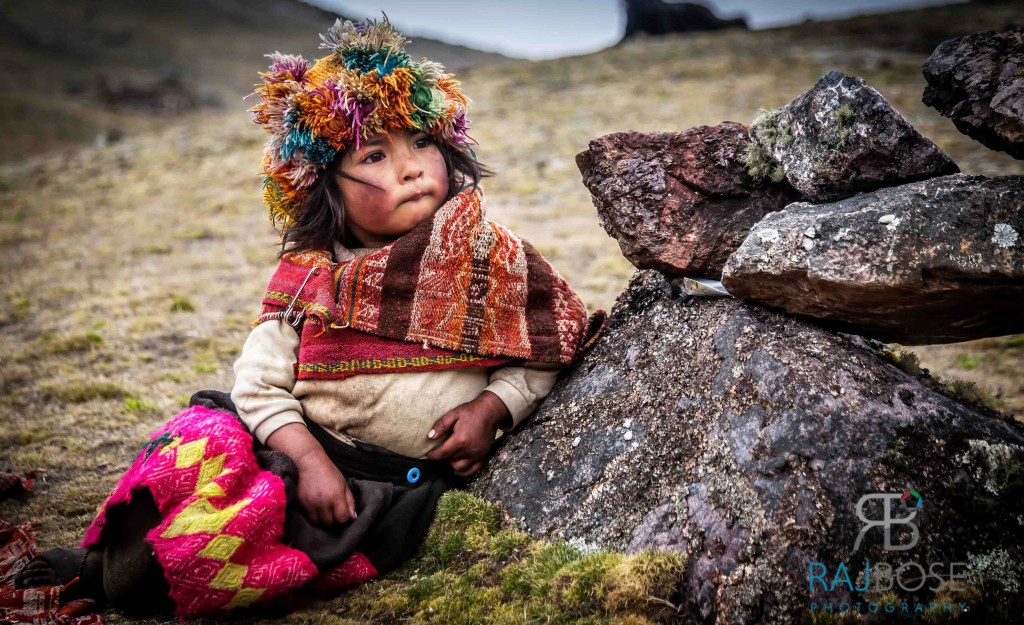
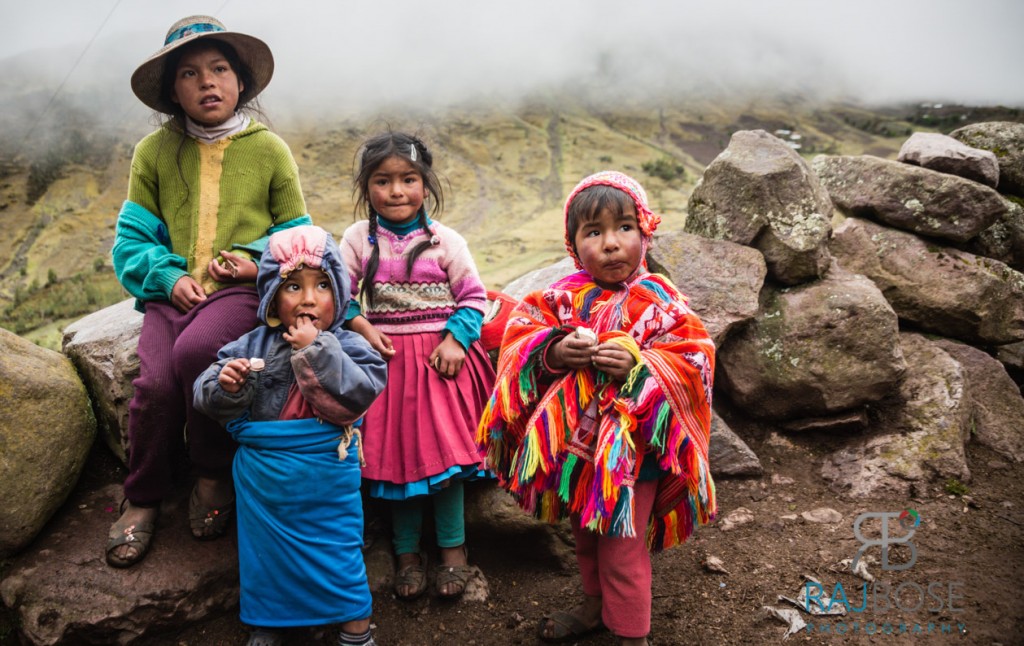
Beautiful local Andean people
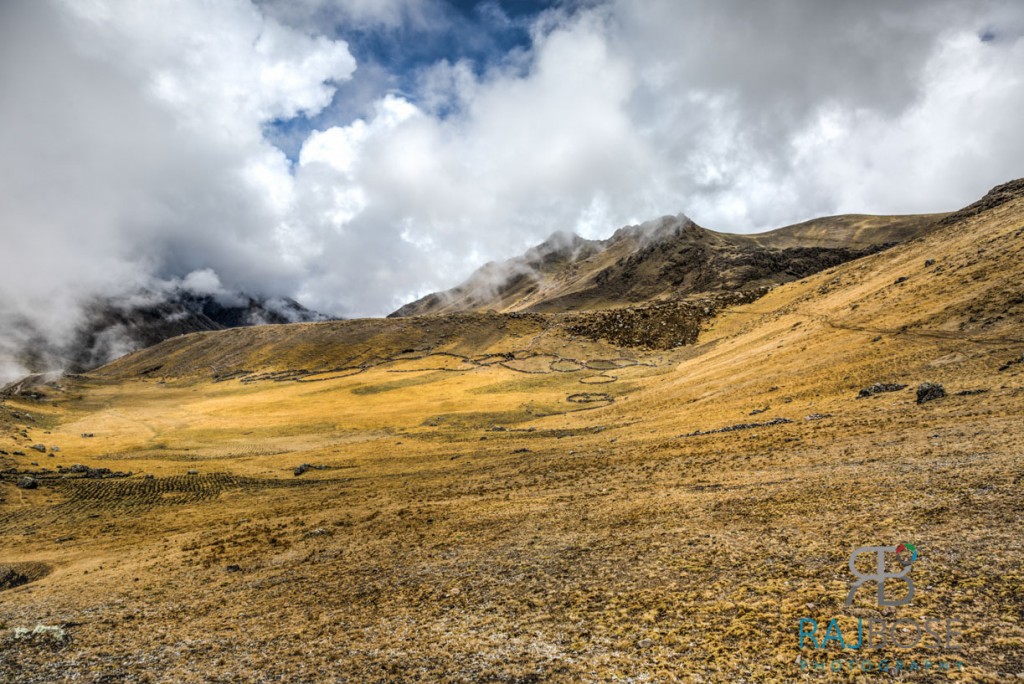
Beautiful landscape – Lares Valley
Lunch was taken at the beautiful lake Yanacocha and here we had a chance to relax soaking in the stunning scenery.
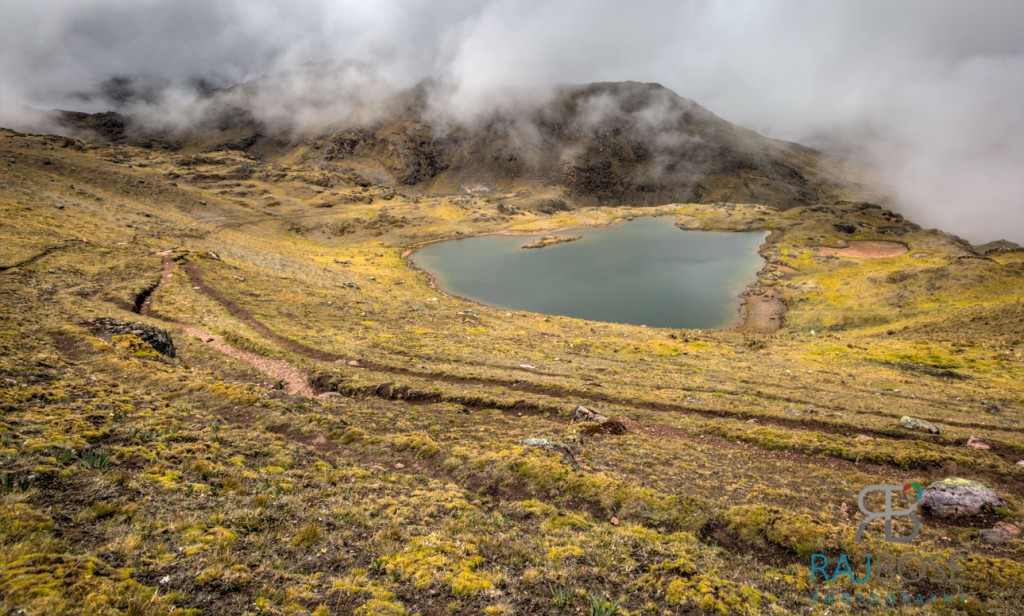 Lake Yanacocha
Lake Yanacocha


Some of us taking a breather at Lake Yanacocha
Our guide Piero- not only a great guy but a fantastic musician
After lunch we continue down to the local town of Wacawasi. After our visit to the village we started our final climb of the day to our campsite situated at 3900 metres and camped out for the night at this stunning location.

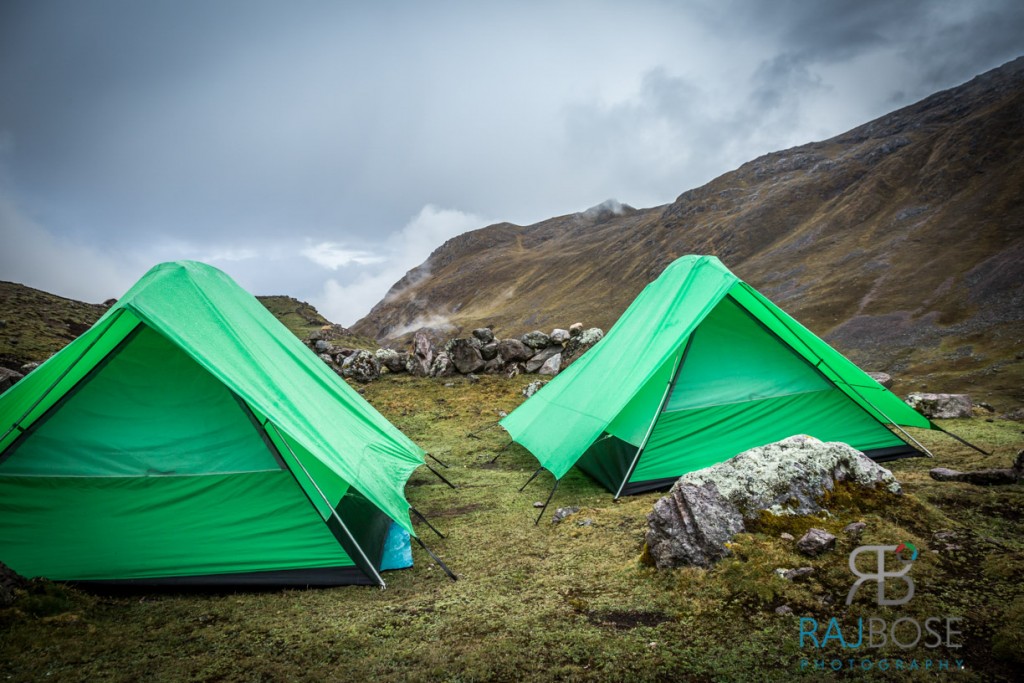
Campsite at Day 4
Day 5
We started by leaving behind the villages and towns and continue our journey through the mountains and forests of this amazing country. The well marked trail formed a zig-zag pattern and we could see llama, alpacas, sheep graze along side the flocks of Andean water birds.The visuals were stunning.

Our zig-zag trekking route
Our first challenge of the day was a hike up the mountain of Hatun Paso (4600m) from here the summit, the magical Pumahuanca (5600m), came into view above us. We then changed our course down the mountain to Aurora lake and then on to Yuraq lake. We had lunch at the Mantanay village



Lunch at Mantanay village

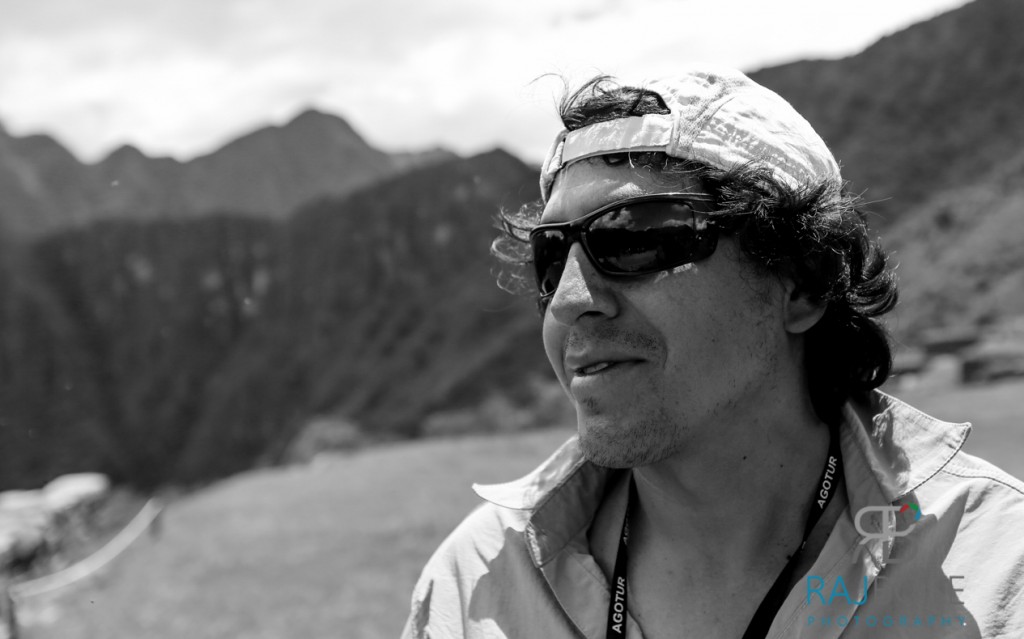
Our fantastic guide Jaymil

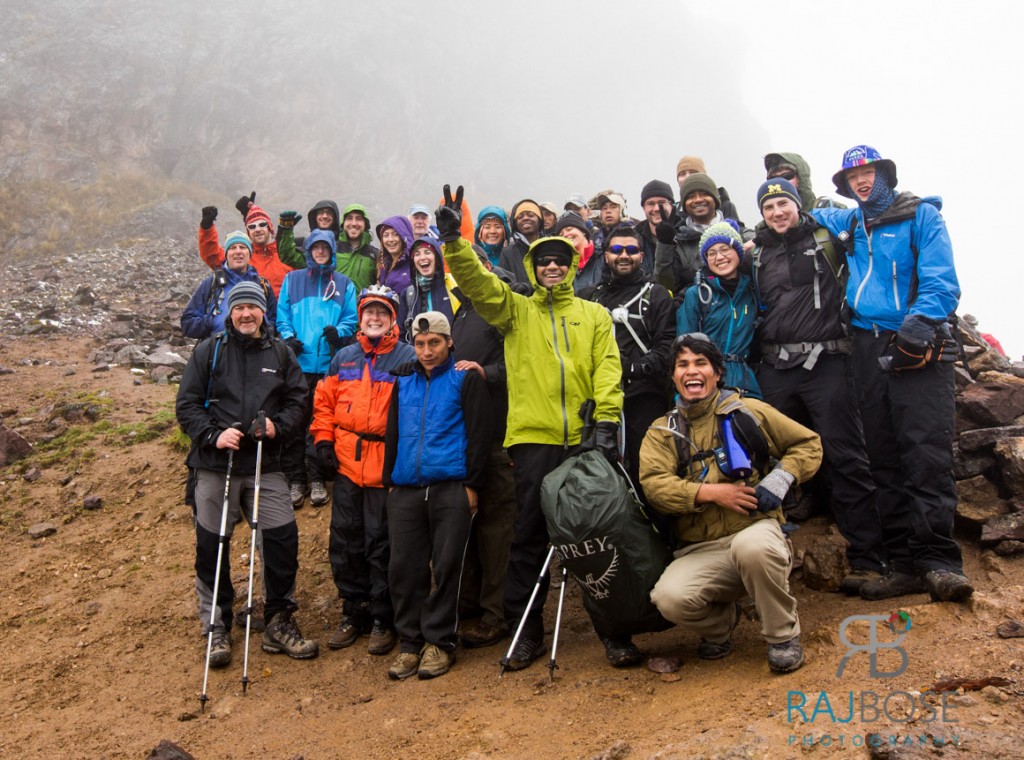

Arriving at the highest point of our trek – Hatun Paso (4600m)
We then started our decent and turned into the Quena forest where we stopped in the shade for our lunch. After lunch we carried on our course steep down hill still through the forest to Yanahuara Alto (3100m).

Lake Mantanaycocha

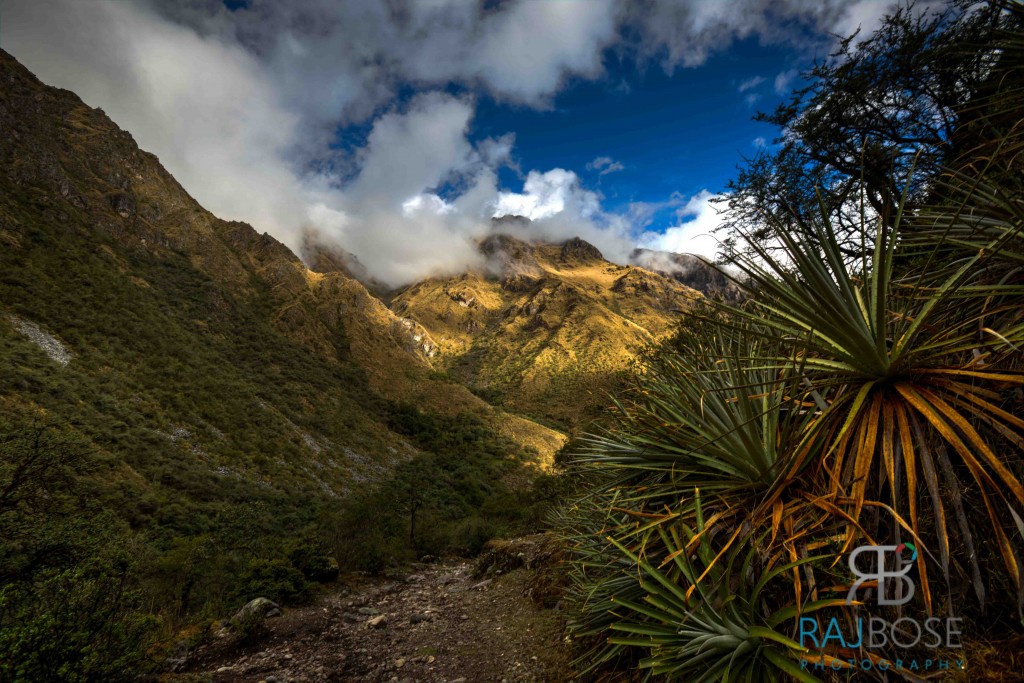
View of Quena Forest


Sunset at our Campsite at Yanahuara
We finally reaches our campsite at Yanahura in the evening.We stayed overnight at the Yanahuara campsite and had a proper bath after 3 days. We dined at a restaurant which had a great music system. Some of us stayed up late at night and listened to some classic rock like Pink Floyd, Dire Strats and Eagles!!!
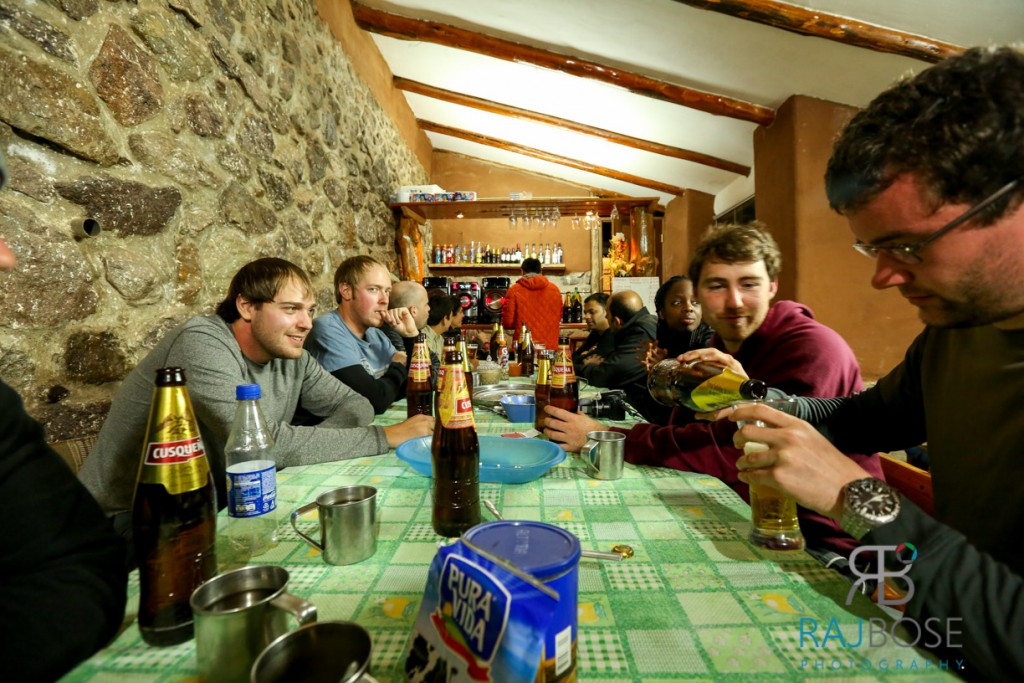
Chilling out after a long day- notice the boom box at the far end
Day 6
We woke up this morning hoping to see one of the 7 wonders of the world- Machu Picchu. After a sumptuous breakfast we bid farewell to our entire support crew of porters, guides and cooks. It was really a emotional moment and we will never forget the fantastic service offered by them.
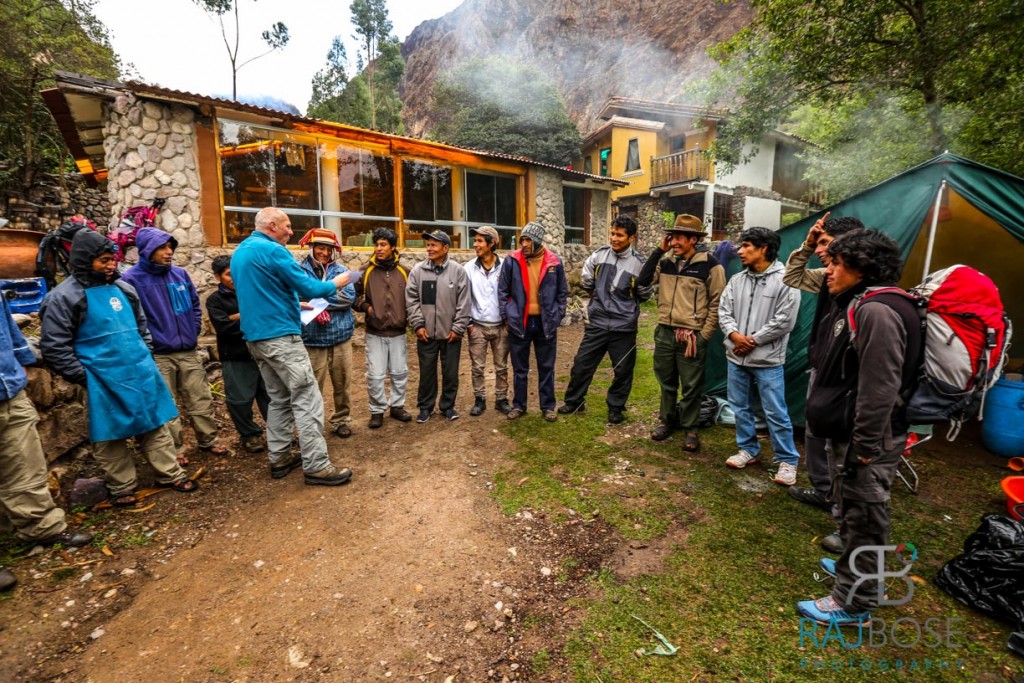
Bidding farewell to our crew
The morning started with a bus ride to the Ollantaytambo train station. At the train station we got on to the Inca rail and started our picturesque journey to Agua Calinetes. The train ride lasted 1 hr 45 mins.
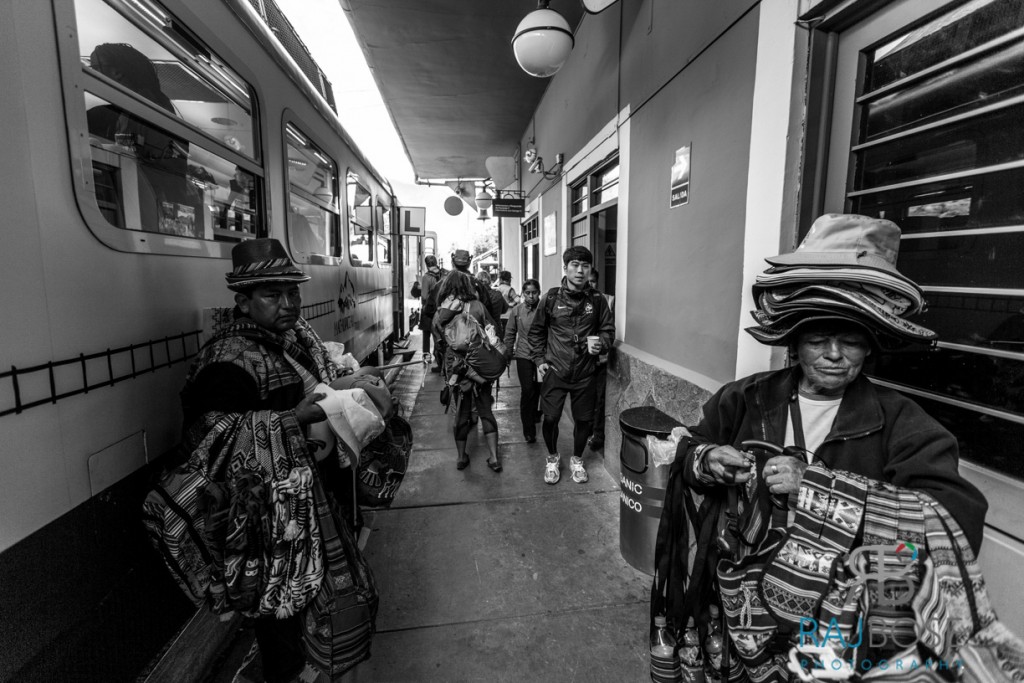
Ollantaytambo train station
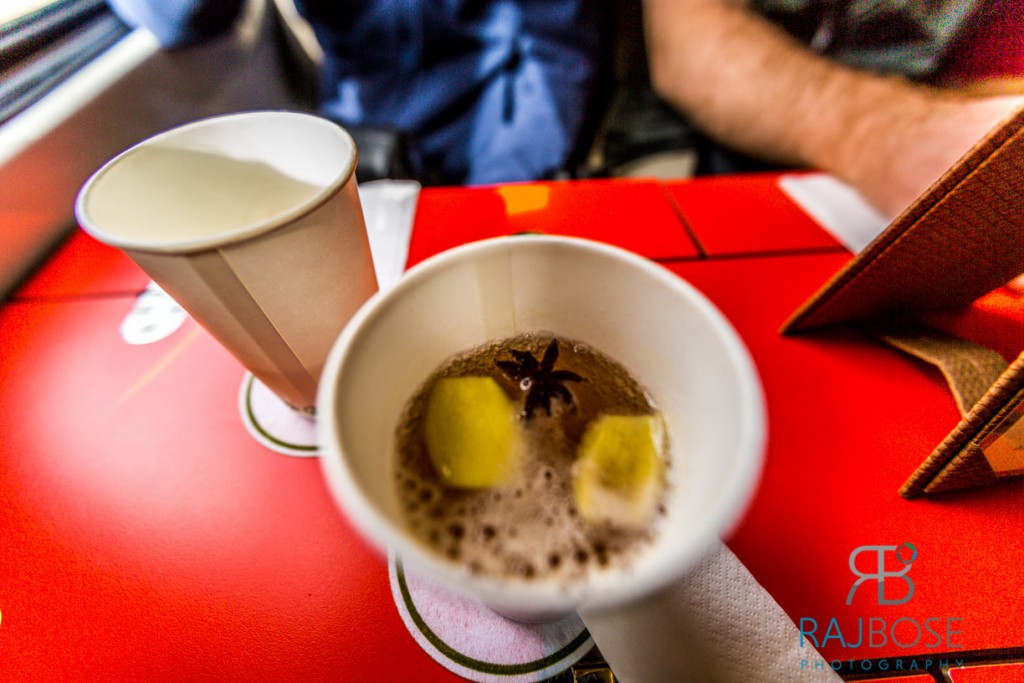

Local andina drink (ginger ale) in the Inca Rail served on our way to Agua calientes

Train journey to Agua Calientes
This breath taking train journey – one of the highest in the world took us to Aguas Calientes where we first checked in to our hotel. After a quick freshen up we took a short 30 mins winding bus journey to the site of Machu Picchu.
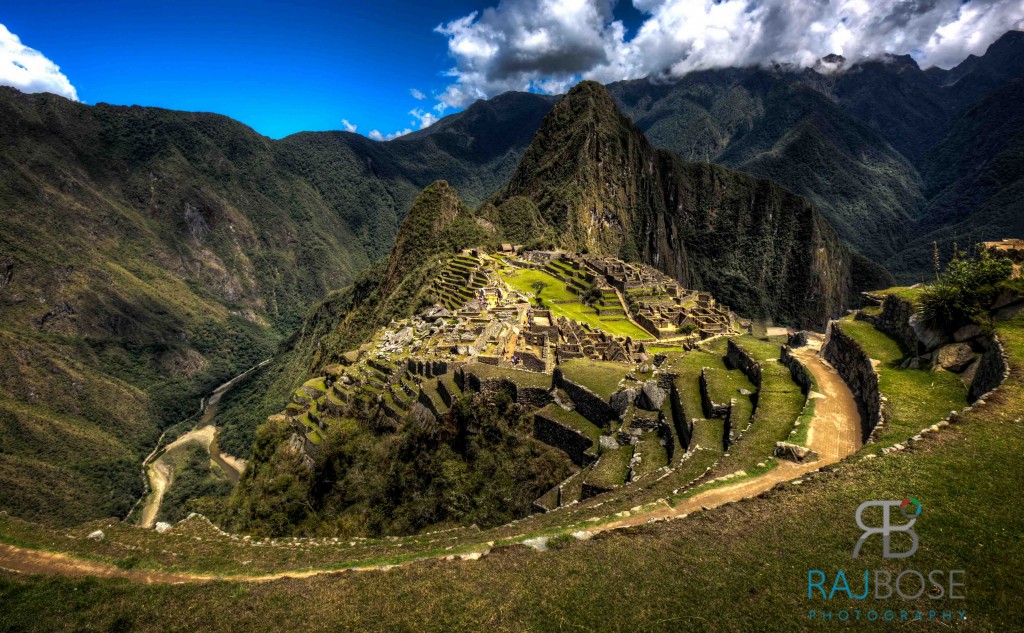

The majestic Machu Picchu Ruins
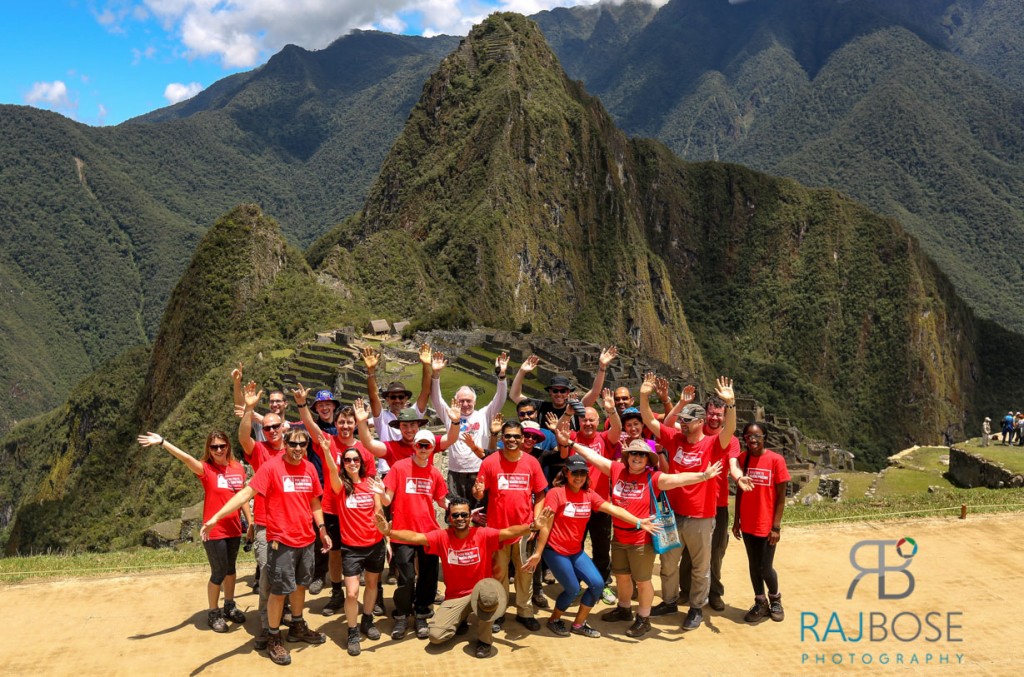
Mission Accomplished
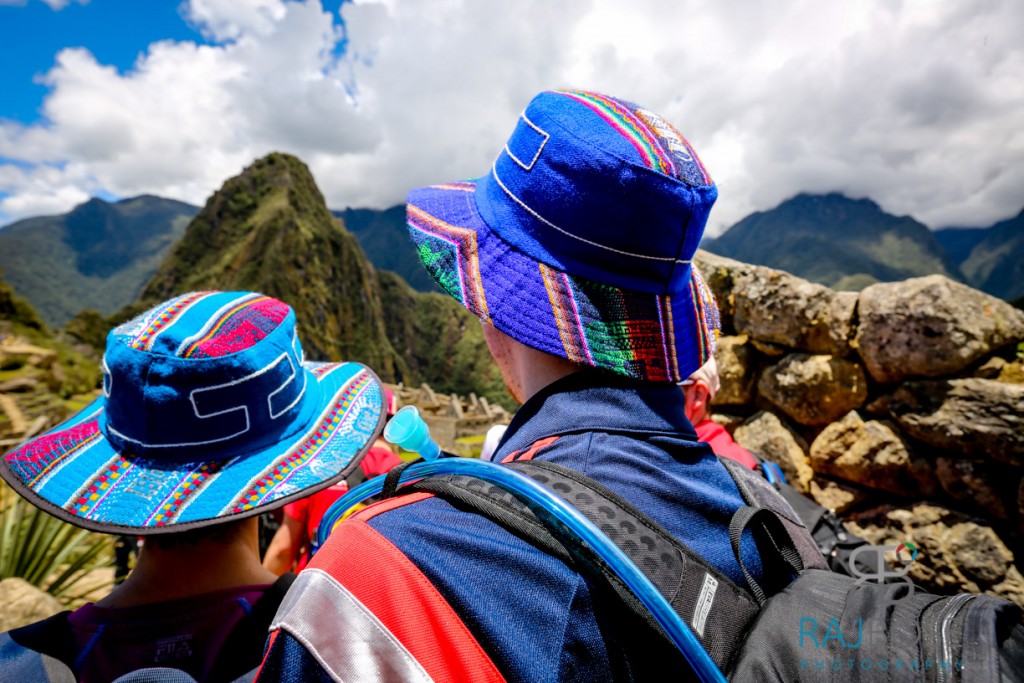

Jaymil provided us a fantatic tour of the Machu Picchu ruins. here he is briefing us about the history of the ruins
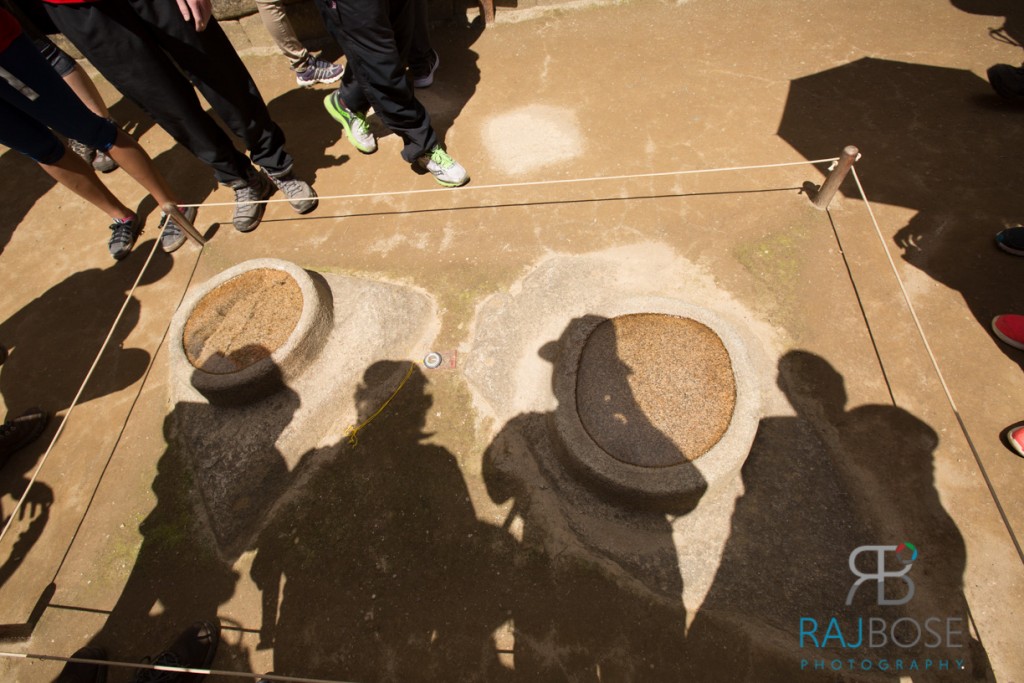

The Temple of the Condor in Machu Picchu- The Inca took a natural rock formation shaped by the elements millions of years ago, and skillfully shaped it into the outspread wings of a condor in flight
After the tour was over some of us visited the Inca Gate and then went back to the hotel in Agua Caliente. The local shops in Agua Calientes is extraordinary and one can find numerous traditional items for sale. The colors are mesmerizing. It is perfectly fine to bargain and the shop owners are quite polite.


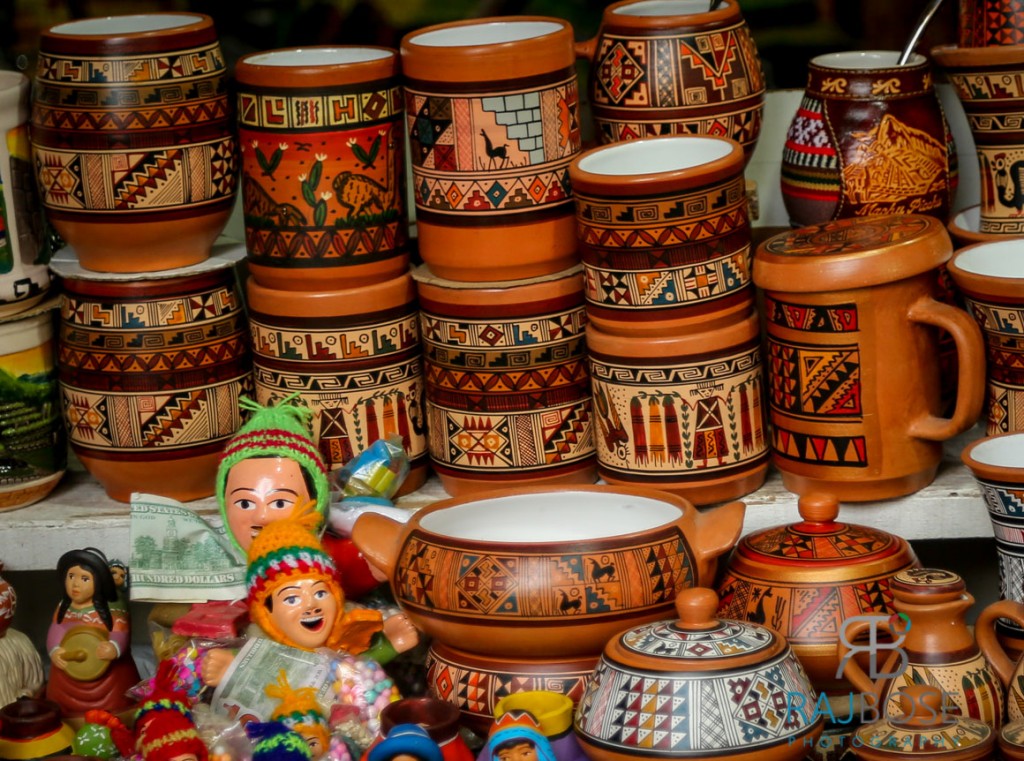
Different items for sale at the local market in Agua Calientes
Day 7
Next day we returned back to Ollantaytambo and stopped at a local Indian weaver shop where the artisans showed us how they make the yarn and eventually other wollen products from alpaca wool.


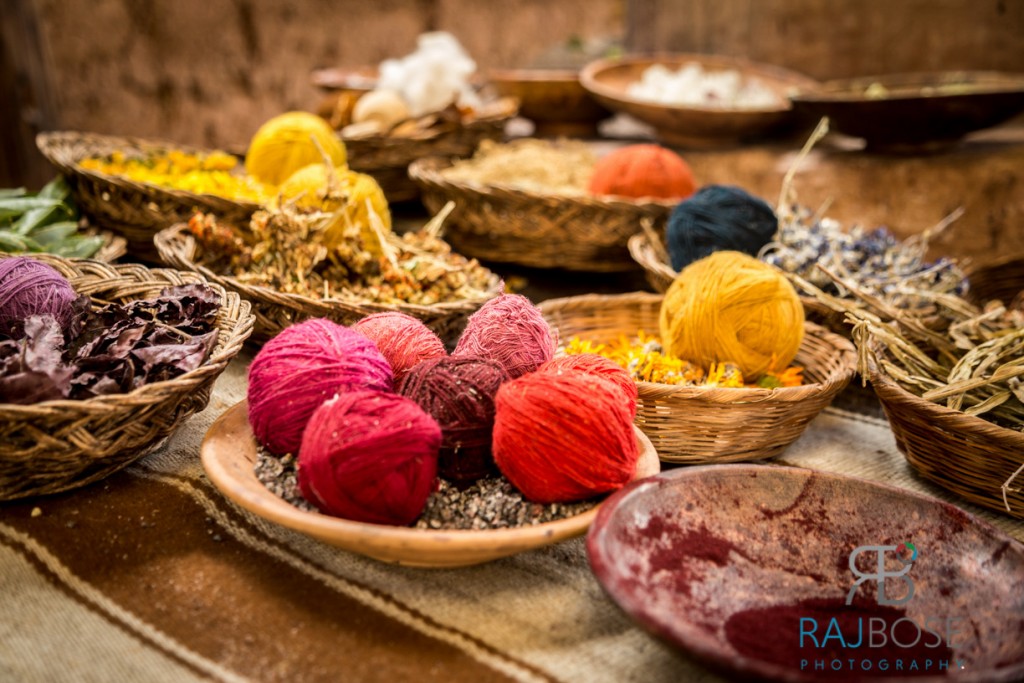

Local Local textile shop near Urubamba
We returned back to Cusco and relaxed the rest of the day. We had a great celebration dinner that night where some of us had a signature guinea pig.
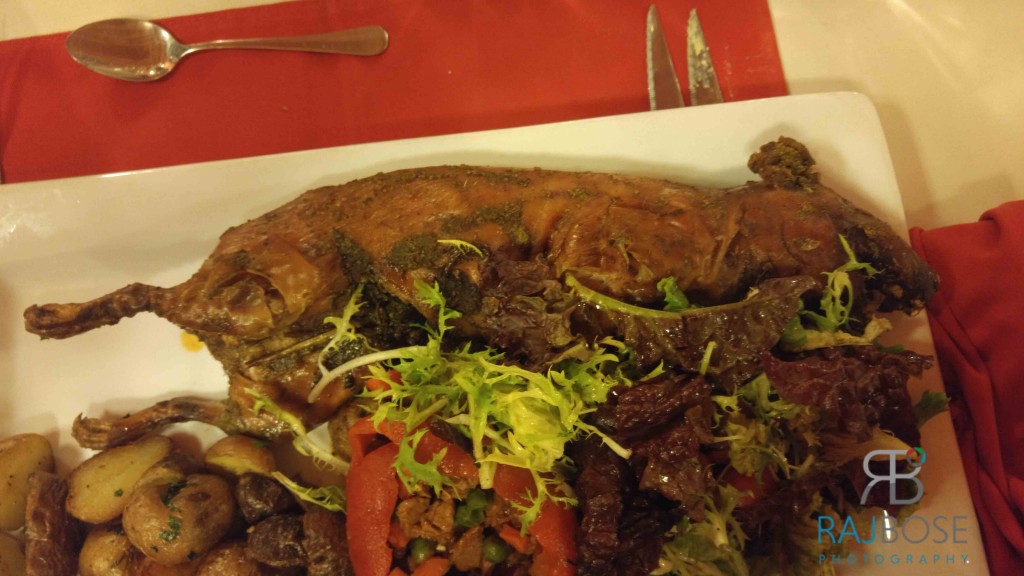

Our Celebration Dinner at Cusco at Casa Qorikancha Restaurante- not recommended
Overall this was a trek of a lifetime. I will cherish the funny moments and the challenges we faced on the trek. Most importantly I got to meet my fellow colleagues (now my family) from all over the world. Our team of engineers managed to raise 100,000 pounds which will be used by RedR for a very noble cause. Never will I forget the snow capped Andean mountaisns, the flute played by our guide Piero, the innocent faces of the locals and off course the llamas perched up on the Andean mountains.

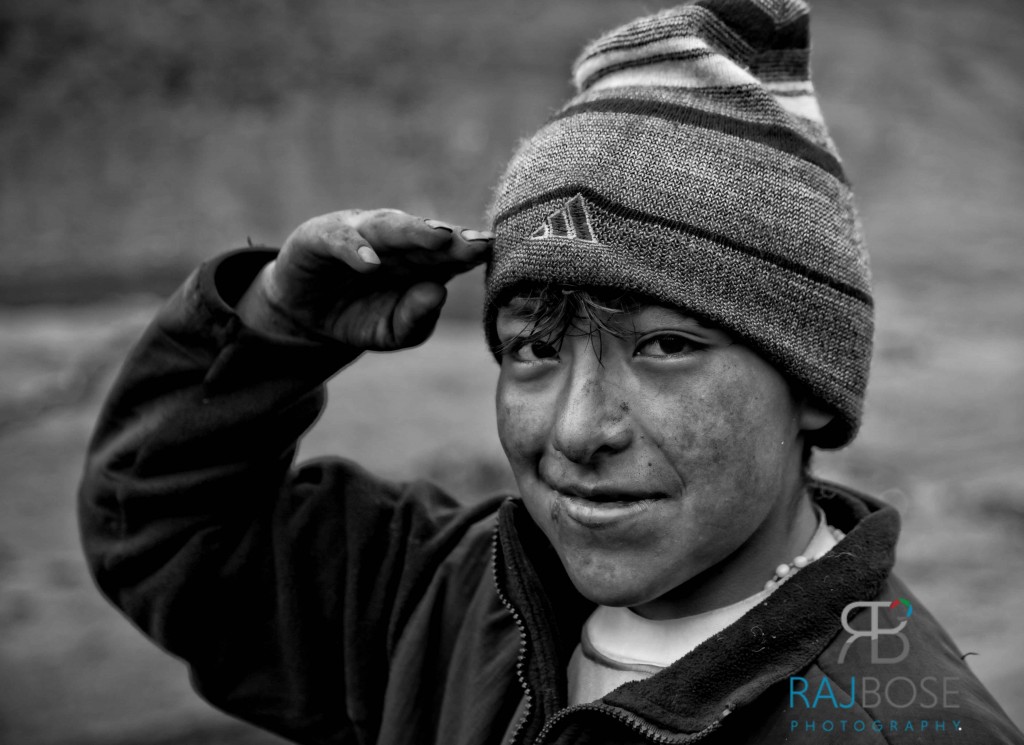
Adios Peru.
Beautiful photographs
Interesting and beautiful shoot!!!
When I analyzed what I read.I wanted to say, thanks for the details and nuances. thanks for fishnet descriptions of those places that many of people can see them only in pictures and using their imagination. Thank you.
Peru-dream…
Yes Diana- it was an epic journey for me. I would love to go back any day.
What a beautiful travelogue. Loveld all the pictures, especially the black and white portraits. It makes you feel you are there and it’s so enticing, encouraging and inviting to visit the place. Wish you bring thisnout in a print publication form for the world to look at this beautiful place through your beautiful lens.
Many thanks Pradeep. GLad you like it.
Raj